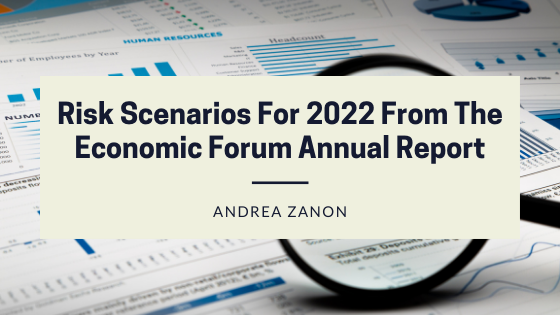The ongoing threat of COVID-19 on a global scale looms overall for 2022. That’s according to the annual report recently issued by the World Economic Forum.
One factor that may make the worldwide coronavirus pandemic an ongoing problem for years to come is the uneven distribution of vaccines internationally. In short, wealthy nations are enjoying high vaccination rates among their populations while developing countries are posting dismal numbers.
For those of us who live in wealthy nations with plentiful free vaccination and good healthcare services, getting the rest of the world vaccinated is critically important.
That’s because billions of unvaccinated people will serve as a host that will allow COVID to continue to thrive and develop future variants. These mutations, in turn, will escape their country of origin to pose new dangerous outbreaks among all nations.
In the poorest 52 nations, which comprise 20% of the world’s population, just 6% are vaccinated. But fully 99% of poor people globally remain unvaccinated.
Another result of this dynamic will be a continued widening of the prosperity gap. In short, developing nations will get even poorer while rich nations move forward. Again, if you happen to be in a wealthy nation, this is not necessarily good news.
Poverty in underdeveloped nations destabilizes those areas and produces conflicts that can spill over to the rest of the world. The economy of today is a global economy, like it or not. Poor and emerging nations represent areas of future growth. Without them, the international business community will suffer.
The annual report’s second major risk factor concerns climate, sustainability, and environmental issues. A host of negative effects, including extreme weather events, biodiversity loss, and “climate action failure,” were named the three major risks.
Other risks abound as well. These include a looming “debt crisis” and “geoeconomics confrontations.”
The technology area also came up as an area of focus in terms of future risk factors. The main concerns in this realm are the continuing battles to maintain cybersecurity and resolve the issues of “digital inequality.”
Many traditional risk factors are still in play. This includes things like threats of war, international crime, and the ongoing dangers posed by the presence of weapons of mass destruction.
